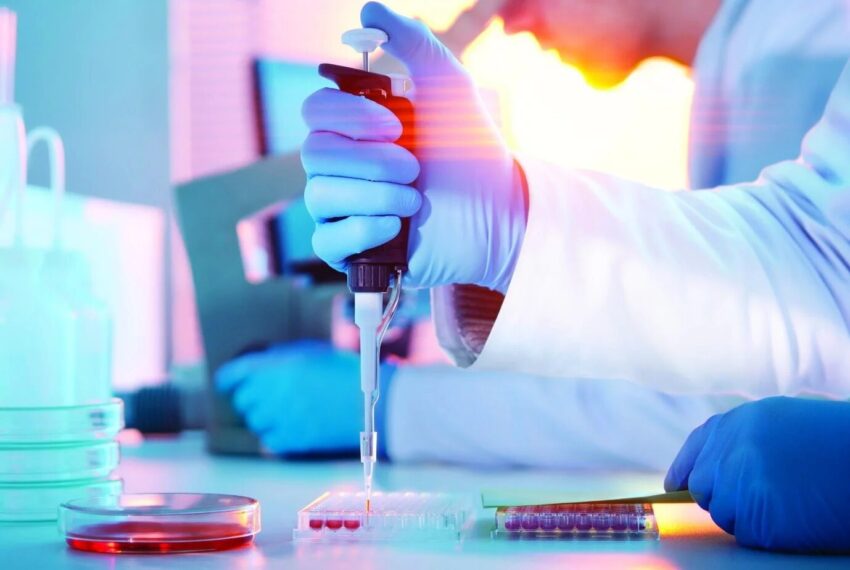In vitro diagnostics (IVD) are medical devices and reagents used to perform tests on samples like blood, urine and tissue that has been taken from the human body, to help detect diseases, conditions and infections. IVD products assist in disease diagnosis, treatment monitoring and medical screening. The growing need for early disease diagnosis and treatment monitoring along with advancements in point-of-care testing is propelling growth of the in vitro diagnostics market.
The global in vitro diagnostics market is estimated to be valued at US$ 76,621.8 Mn in 2023 and is expected to exhibit a CAGR of 5.3% over the forecast period 2023 to 2030, as highlighted in a new report published by Coherent Market Insights.
Market key trends:
Point-of-care testing is witnessing increasing adoption driven by advantages like real-time results and convenience. This trend allows testing to be done outside a laboratory setting in places like hospital emergency rooms, medical offices, ambulances and even at home. With POCT, test results are available within minutes versus hours or days it may take in a centralized laboratory. Rapid availability of test results help clinicians make quick treatment decisions. Growing focus on decentralized healthcare is one of the major factors fueling demand for POCT IVD products globally.
SWOT Analysis
Strength: The in vitro diagnostics market offers a wide range of medical diagnostic kits and reagents for diagnosis of various medical conditions. It provides accurate, reliable and objective diagnosis of diseases.
Weakness:High cost of automated analyzers and reagents limits the adoption of in vitro diagnostic tests especially in low income areas. Stringent regulatory requirements also increase compliance costs.
Opportunity: Growing prevalence of lifestyle diseases and increasing healthcare expenditure in emerging nations offer lucrative growth opportunities. Rapid adoption of point-of-care testing also presents new opportunities.
Threats: Continuous threat of new substitute diagnostic technologies and stringent regulations for approval of new products pose threats to growth. Reimbursement issues also limit the uptake of advanced diagnostic tests in some regions.
Key Takeaways
The global in vitro diagnostics IVD market is expected to witness high growth over the forecast period of 2023 to 2030. The market size for 2024 is estimated to be US$ 76,621.8 Mn registering a CAGR of 5.3% during the forecast period.
Regional analysis: North America currently dominates the global market and is expected to continue its dominance over the forecast period. Growing prevalence of chronic diseases and well-established healthcare infrastructure are major factors driving the North American market. Asia Pacific is expected to witness fastest growth owing to rising healthcare expenditures, growing geriatric population and increasing cases of lifestyle diseases in the region.
Key players: Key players operating in the in vitro diagnostics IVD market are Siemens Healthineers, Sysmex Corporation, Bio-Rad Laboratories, bioMérieux S.A., Becton Dickinson, and Company, Danaher Corporation, Abbott Laboratories, F. Hoffmann-la Roche Ltd, QIAGEN N.V., Arkray, Inc., Nittobo Medical Co., Ltd., Medical & Biological Laboratories Co., Ltd., Miraca Holdings Inc., and Mizuho Medy Co., Ltd. The market is highly competitive with top players focusing on product development and strategic collaborations to strengthen their market presence.
*Note:
1. Source: Coherent Market Insights, Public sources, Desk research
2. We have leveraged AI tools to mine information and compile it

